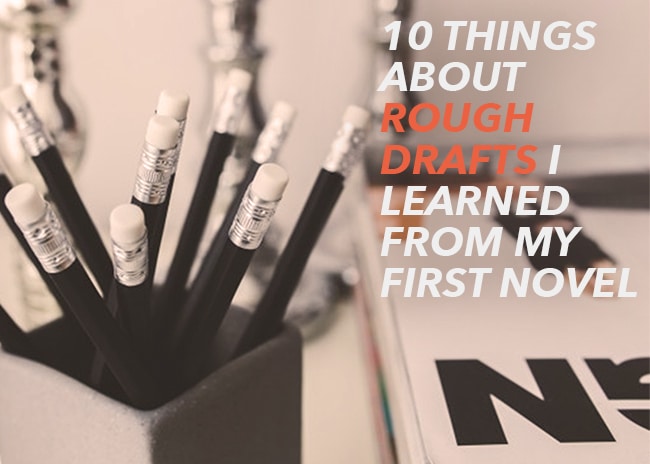
by Emily Wenstrom |
There’s no feeling quite like the moment you realized you’ve completely finished the rough draft of a work in progress. A mix of pride and accomplishment and utter dread at how bad it might be.
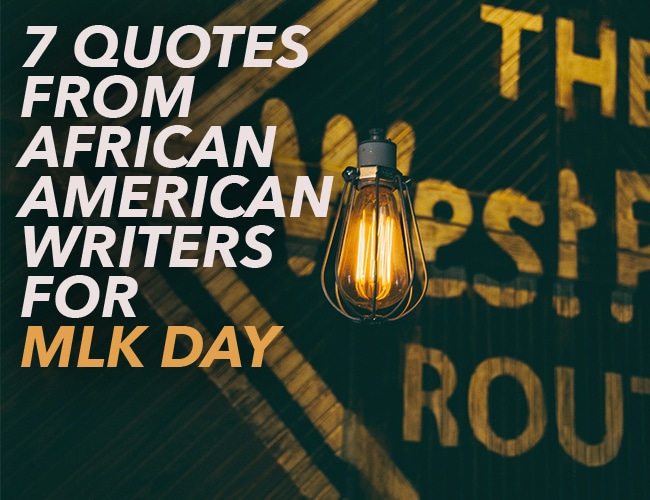
by Emily Wenstrom |
Words. As writers, we pound them out by the minute, fuss over every adjective, and worry over every comma. In fact we go through so many of them that they sometimes begin to feel meaningless. But if there was ever a person to remind us of how incredibly powerful words can be, Martin Luther King, Jr., is it.
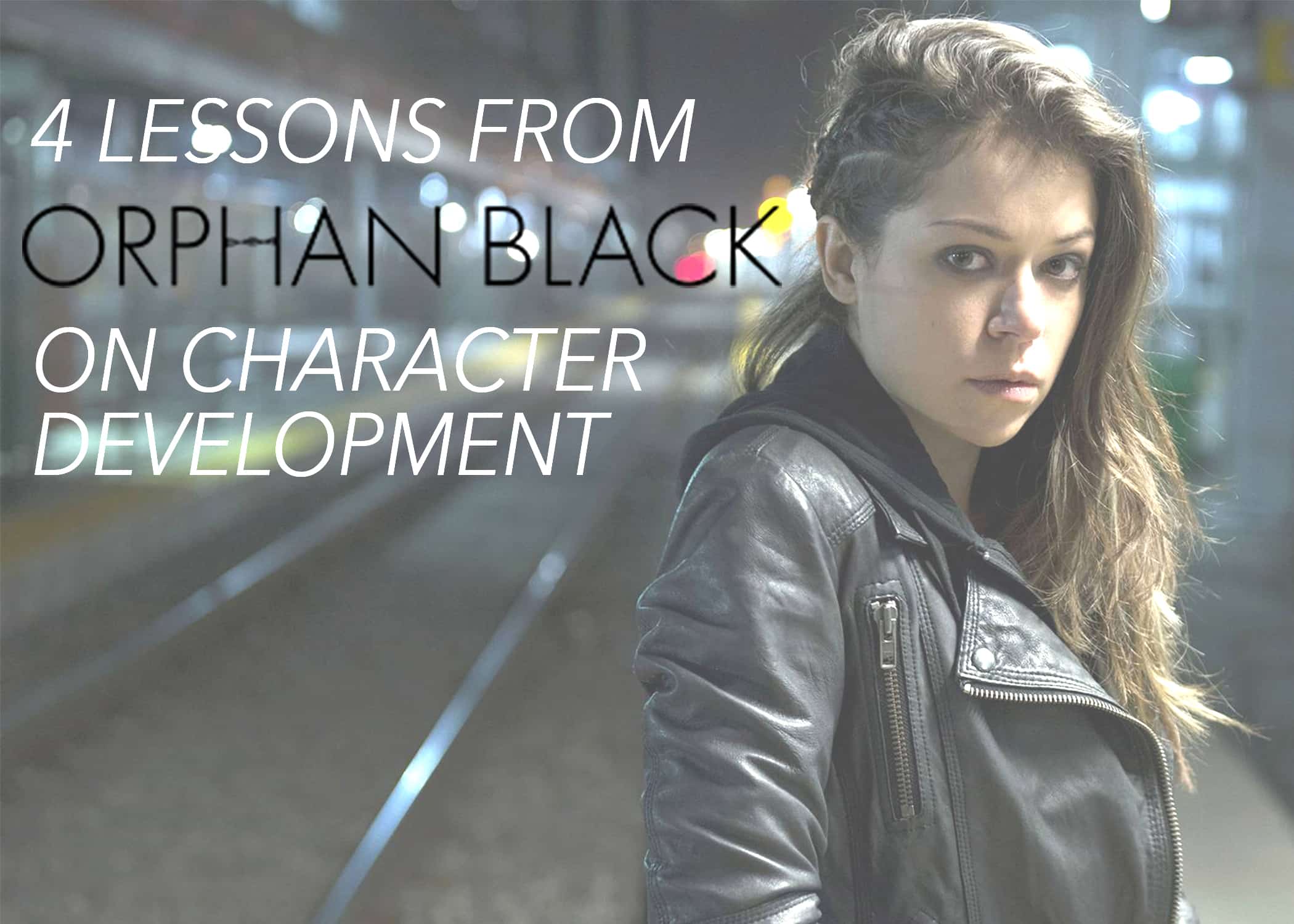
by Emily Wenstrom |
Characters are one of the most important elements of any story. And character development can be challenging to get right.
Characters are critical for drawing readers into a story. They should also be the force that pushes your plot forward. A strong character can bring the story’s entire world to life. They can make your readers cry and even feel like a real friend. A weak one can deflate an entire book like a leaky air mattress.
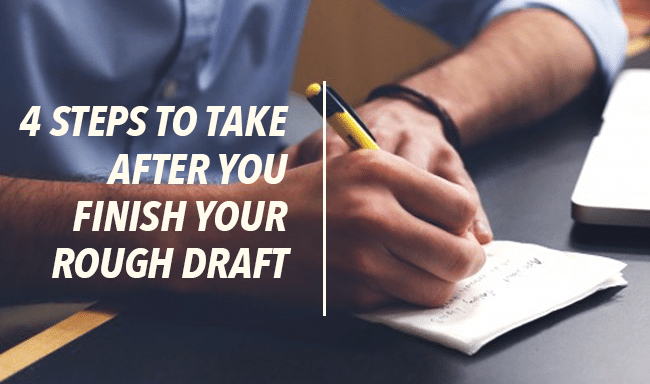
by Emily Wenstrom |
First off, if you’ve recently completed a rough draft (via NaNoWriMo or otherwise), congratulations. Really. A big, whooping, stand-up, slow-clap congrats.
Writing a book’s rough draft is a big feat. But then it’s time to get down to business again, because rough drafts are called “rough” for a reason.
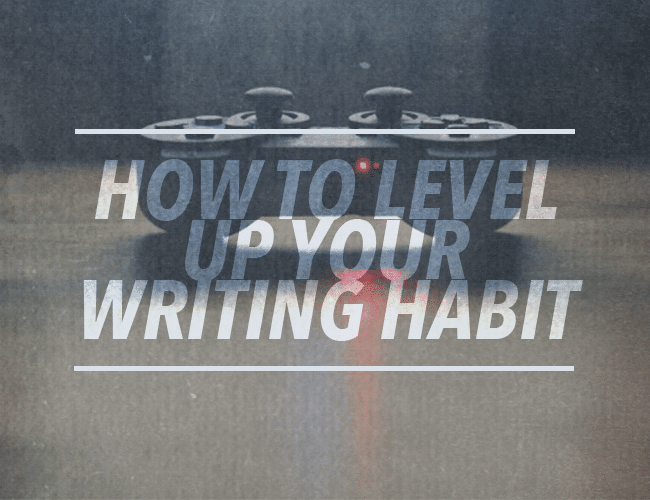
by Emily Wenstrom |
NaNoWriMo demands a sudden burst of high capacity creation—it’s like sprinting a marathon. This works for some people, but if you’re not one of them, don’t feel bad. Try leveling up instead.




